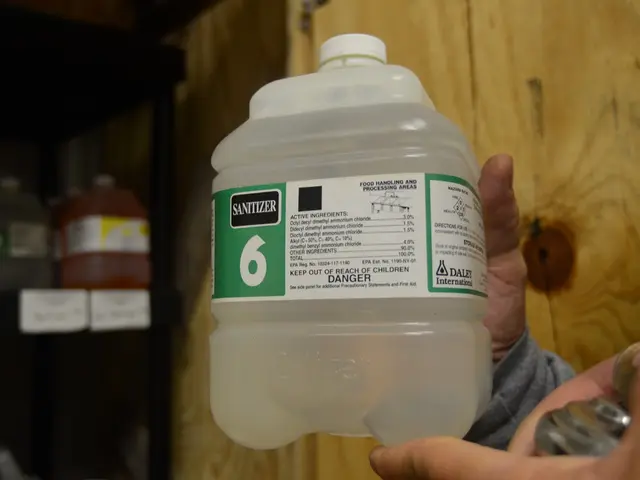navigation
- Lower Saxony
- Education Crisis
- Kindergarten and Schools Personnel Shortage
- Strategies for Addressing the Shortage
The Current Education Crisis in Lower Saxony
Decreased Enrollment in Kita and Schools: Nation Adjusts Educational Goals - Shrinking enrollment among preschool and school-age students
The number of preschool and school children in Lower Saxony could see a significant decrease in the coming years - but the state isn't pinning all its hopes on that to tackle the staff shortage in kindergartens and schools. It's challenging to predict how the drop in birth rates will impact the availability of spots and the care ratio in the kindergarten sector, according to the Ministry of Education and Culture. Schools, meanwhile, continue to grapple with issues like inclusion and full-day care.
State's Proactive Approach
The state government won't sit back and wait for things to improve on their own if birth rates take a hit, said a rep for Minister of Education Julia Willie Hamburg (Greens). The decline might ease the situation somewhat, but it's no cause for celebration or complacency. Efforts to keep kindergartens and schools comfortable and well-equipped will carry on undeterred.
Future Outlook
In 2034, over one million students are expected to attend school, followed by a potential decline. In 2021, Lower Saxony saw its highest birth rate since 2000 with 76,441 children. Since then, that number has dropped to 65,647 kids last year.
Teaching Conditions
The ongoing lack of childcare hours in kindergartens and teaching hours in schools persists as a major problem for parents, with many educators feeling overworked. The teaching supply, which gauges the number of teachers versus available teaching positions, has stagnated at 96.9 percent.
Strategies to Overcome the Shortage
- Competitive salaries, benefits, and training programs can help attract and retain educators, while incentives for student teachers to pursue early childhood education careers increase their numbers.
- Continuous professional development opportunities can boost teacher satisfaction and retention. This can involve workshops on new educational methodologies like slow pedagogy.
- Flexible staffing models, such as part-time positions and career changers, can help fill in the gaps.
- Digital platforms and social media can be employed to reach a wider network of potential educators.
- Advocating for family-friendly policies like paid leave and child care support can help teachers balance work and family life.
- Integrating technology, like AI tools for early detection of learning difficulties, can alleviate some tasks for teachers.
- Building partnerships with local communities and organizations can provide additional resources and support for schools.
- Adaptive curriculum planning that adjusts to shifting student populations can help manage the impact of declining birth rates and increasing student numbers.
These strategies might not solve the education crisis entirely, but they can help create a positive environment for both teachers and students in Lower Saxony and similar regions dealing with demographic challenges.
- As part of their proactive approach, the state government of Lower Saxony is considering implementing a community policy that includes vocational training programs specifically designed for educators, with a focus on science and health-and-wellness, to address the ongoing staff shortage in kindergartens and schools.
- To ensure the success of future generations and combat the current education crisis, the state is also exploring strategies such as digital platforms and social media to expand the reach of vocational training programs in science, health-and-wellness, and other relevant fields for educators.








